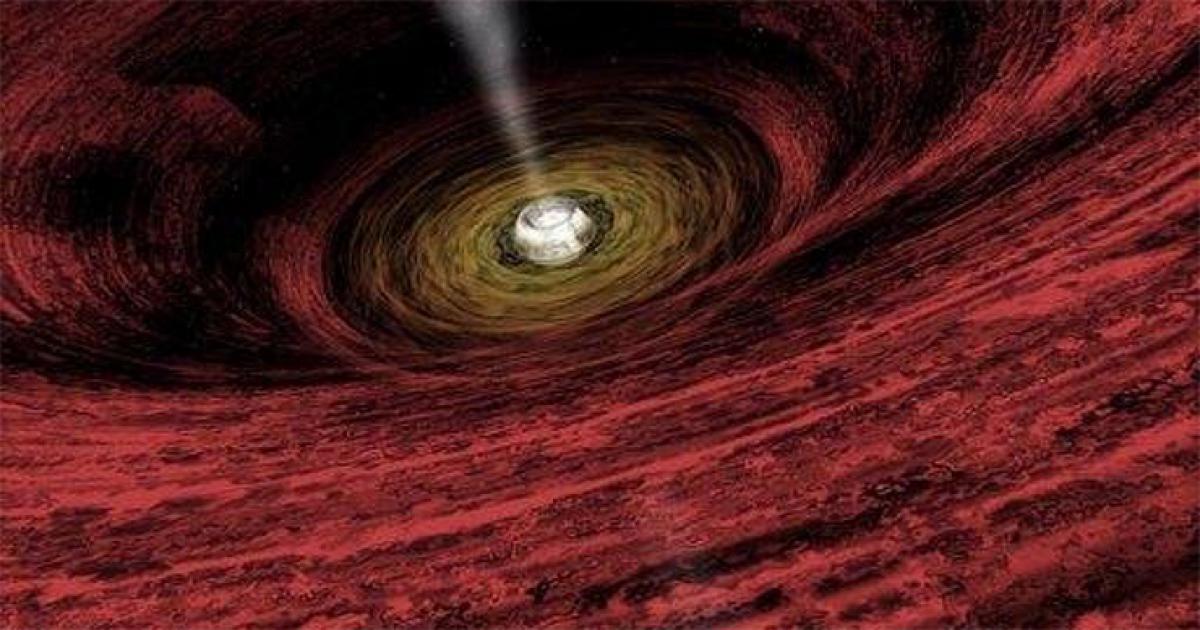Live
- Director Arjun Jandhyala speaks about ‘Devaki Nandana Vasudeva’
- ‘Maha Sandram’ gets a grand launch
- Cong wants to break marginalised communities, BJP bats for everyone: PM Modi
- Centre launches campaign for assessment year 2024-25 to help taxpayers
- Dutch cabinet holds out after crisis talks
- Rashmikasparks buzz on Grazia cover page
- Shiva Rajkumar scores another blockbuster with ‘Bhairathi Rangal;’ Telugu release coming soon
- Nayanthara’s open letter to Dhanush: A shocking rift
- ‘Govt job’: Punjab has emerged as role model state, says Kejriwal
- BGT 2024-25: Shubman Gill suffers left-hand injury in training ahead of Perth Test










